4 CPAP Alternatives You Should Consider for Sleep Apnea
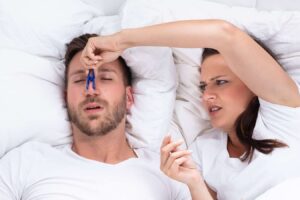
There are many health issues that are capable of disrupting the life and comfort of those suffering from it and yet they are not really viewed in the same light as some more serious conditions. If something is not life-threatening or otherwise dangerous for the body, it is often considered a nuance despite actually being quite challenging to live with.
One such disorder is called OSA, which stands for obstructive sleep apnea. More commonly referred to as simply sleep apnea, it is a
sleeping disorder that affects breathing and is therefore potentially harmful in many different ways.
The airways are either partially or completely blocked during sleep, causing different forms of sleeping issues that commonly result in discomforts, constantly waking up, poor sleep quality, and still feeling tired and drowsy no matter how long the sleep was.
More About Sleep Apnea
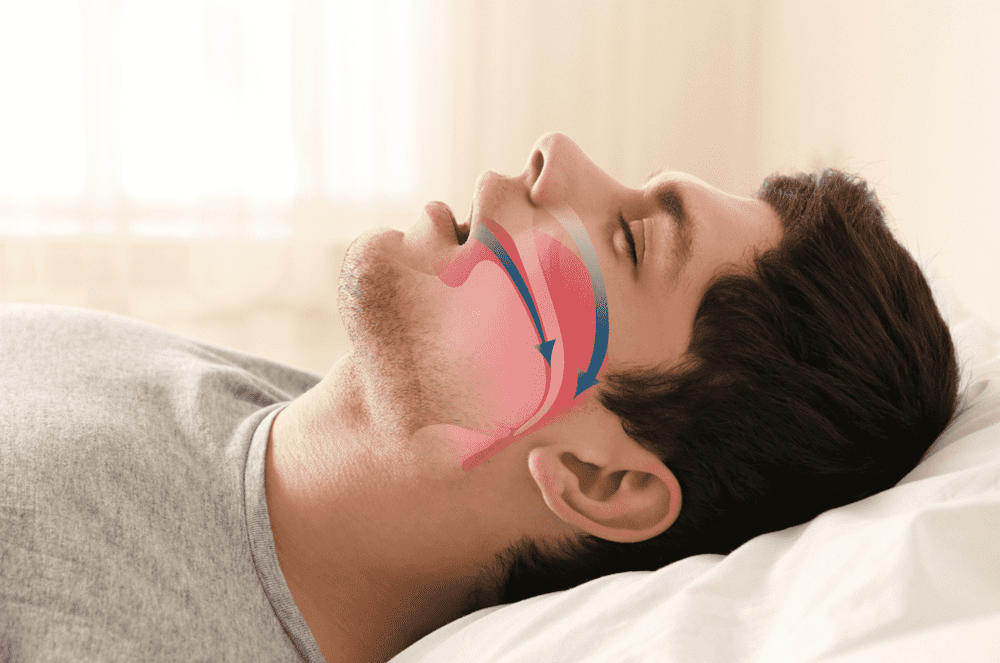
Source: keystonecardiology.com
Those who have OSA suffer from soft tissue in the back of their throat. Since it relaxes too much while sleeping, it blocks the airway. This problem is significant enough for the brain to make you awake every single time it happens so that your breathing is restarted, resulting in constantly jumping out of sleep. It is a stressful experience at times as it feels like you were woken up violently.
There are different symptoms of OSA that vary among those suffering from it. Some of the well-known symptoms include snoring, the most common and widely spread symptom, as well as gasping for breath and waking up numerous times. While they may seem harmless, they are quite troublesome when you know you will experience them every single night. The very thought of going to sleep is enough to raise your heartbeat and cause unease.
The Common Solution
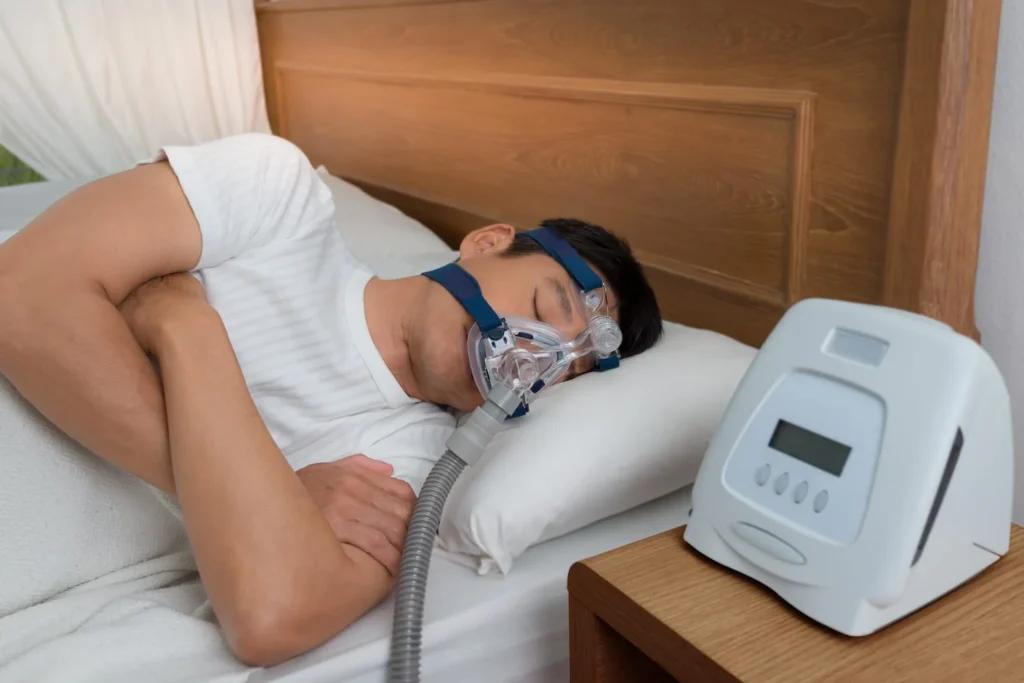
Source: sleepfoundation.org
Luckily, there are solutions to this problem, the most common of which is definitely the CPAP device, short for continuous positive airway pressure. This is basically a mask that the person wears over the mouth and nose while they sleep.
The machine to which the mask is connected delivers the air and pushes it through the nose and mouth, thus preventing the airways from closing as the person sleeps. The machines are known to improve both sleep and mood, as well as low blood pressure and the risk of heart disease risks.
However, it is not that popular among sleep apnea patients. More than 33% of those who try it do not keep using it for long and the reason is quite simple. The machine is very uncomfortable to wear, it is clunky, and can be quite noisy. For some patients, it does not even work. Therefore, it is a solution that works but one that the majority of people dislike. So what are the alternatives and do they even exist? Of course, they do. Read on to learn about the best CPAP alternatives worth trying out.
1. Solutions for Mouth Breathing Patients
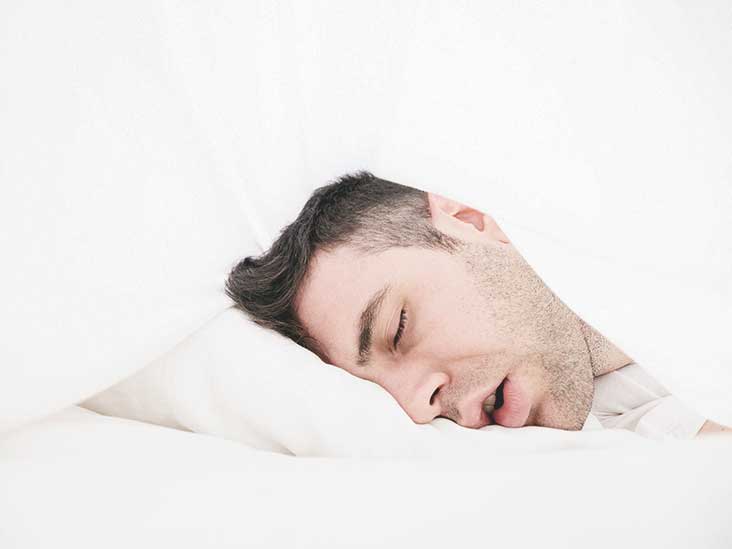
Source: healthline.com
While sleeping, most people breathe both through their nose and mouth. However, some of the ones who have OSA only use the mouth because of a deviated septum, congestion, or enlarged adenoids or tonsils. Breathing only through the mouth while using CPAP machine results in a dry nose and a dry throat. There are solutions to this if you want to try something else, a few ways to do it actually.
Firstly, patients with OSA who breathe through the mouth can use nasal decongestants, antihistamines, or saline wash solutions. These clear the congestion and should be used prior to going to bed. Propping a head-on additional pillow also does wonders. The last resort can be surgery in case of a deviated septum or some other structural issue in the nasal region.
2. Nasal Valve Therapies
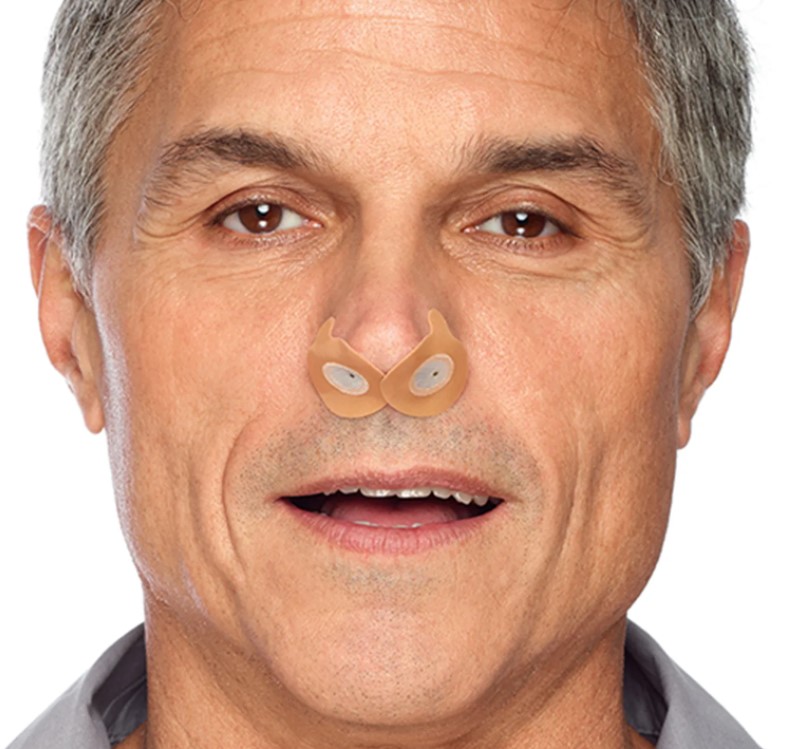
Source: cpapsupplies.com
While it may be the most popular, continuous positive airway pressure is hardly the only thing that can be used to improve restless nights and troubles with breathing. Here is a new treatment for those who suffer from OSA and want some other solution instead of the CPAP.
It consists of a valve that is placed inside the nostrils, and tape that holds it in place. While breathing out, this valve creates resistance to the back of the throat keeping the airways open as they should be. This device is disposable, and most importantly, small. It is easy to carry as you travel and it is not at all a headache to use and attach like CPAP.
3. Various Oral Appliances
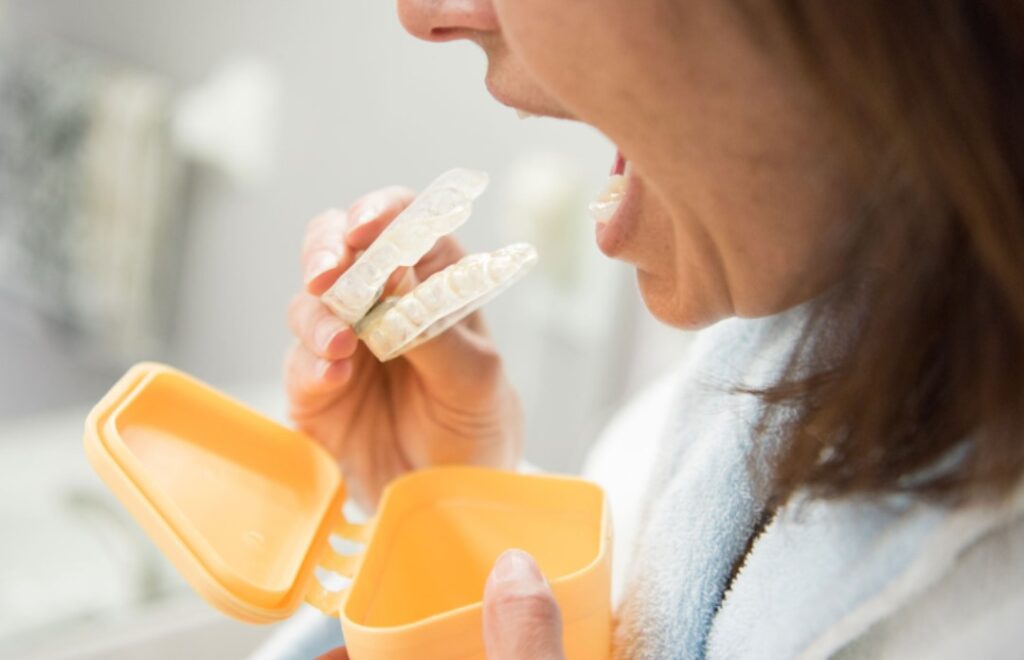
Source: premierhealth.com
Oral appliances are a category of sleep apnea solutions that are all alternatives to CPAP. What makes them so popular is the fact that they are incomparably smaller and easier to clean than CPAP machines, hence the preference among the users. They resemble mouth guards that athletes use to protect their teeth from physical damage. There are many types of oral appliances, over 100 to be exact.
They also work in different ways. For example, some can lower the jaw forward while others hold the tongue and tissues in place to keep the airways open. This way they cannot be blocked or collapse while sleeping. If you are interested in an oral appliance, the best course of action would be to have one custom-made to fit you specifically. If you use a device that fits poorly to your mouth, you can actually worsen your sleep apnea and even cause damage to your jaw.
4. Many Different Surgeries
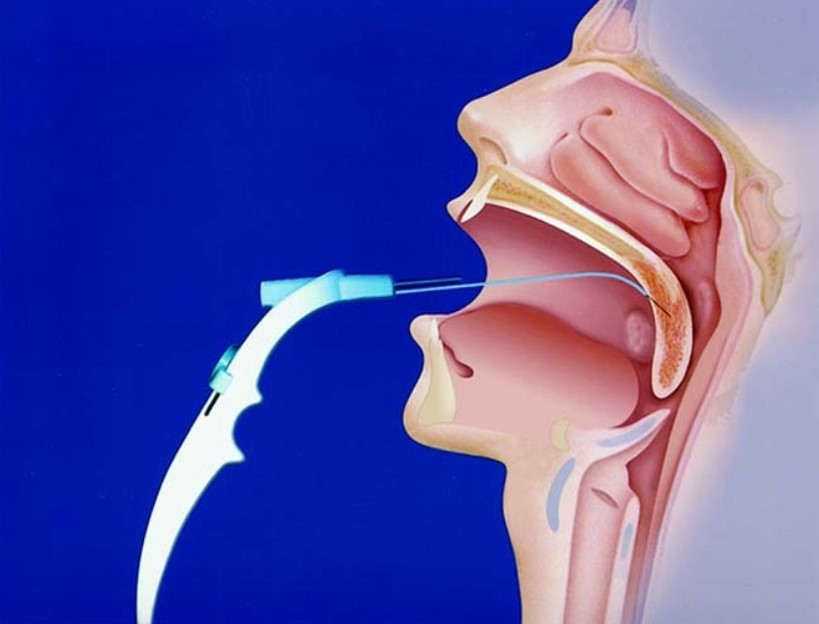
Source: onlinelibrary.wiley.com
There are always surgeries to look into if the problem becomes too troublesome and if nothing else works. When it comes to OSA and surgeries, it matters what is causing it exactly as there are many different procedures. During genioglossus advancement, the lower haw bone is cut and the tongue moved forward.
Hypoglossal nerve stimulation involves the implantation of a device in the chest that connects to the hypoglossal nerve. Maxillomandibular advancement moves both the upper and lower haws forward. Nasal surgeries are also there, as well as soft palate implants. Tongue reduction makes the tongue smaller, tonsil and adenoid removals can help.
